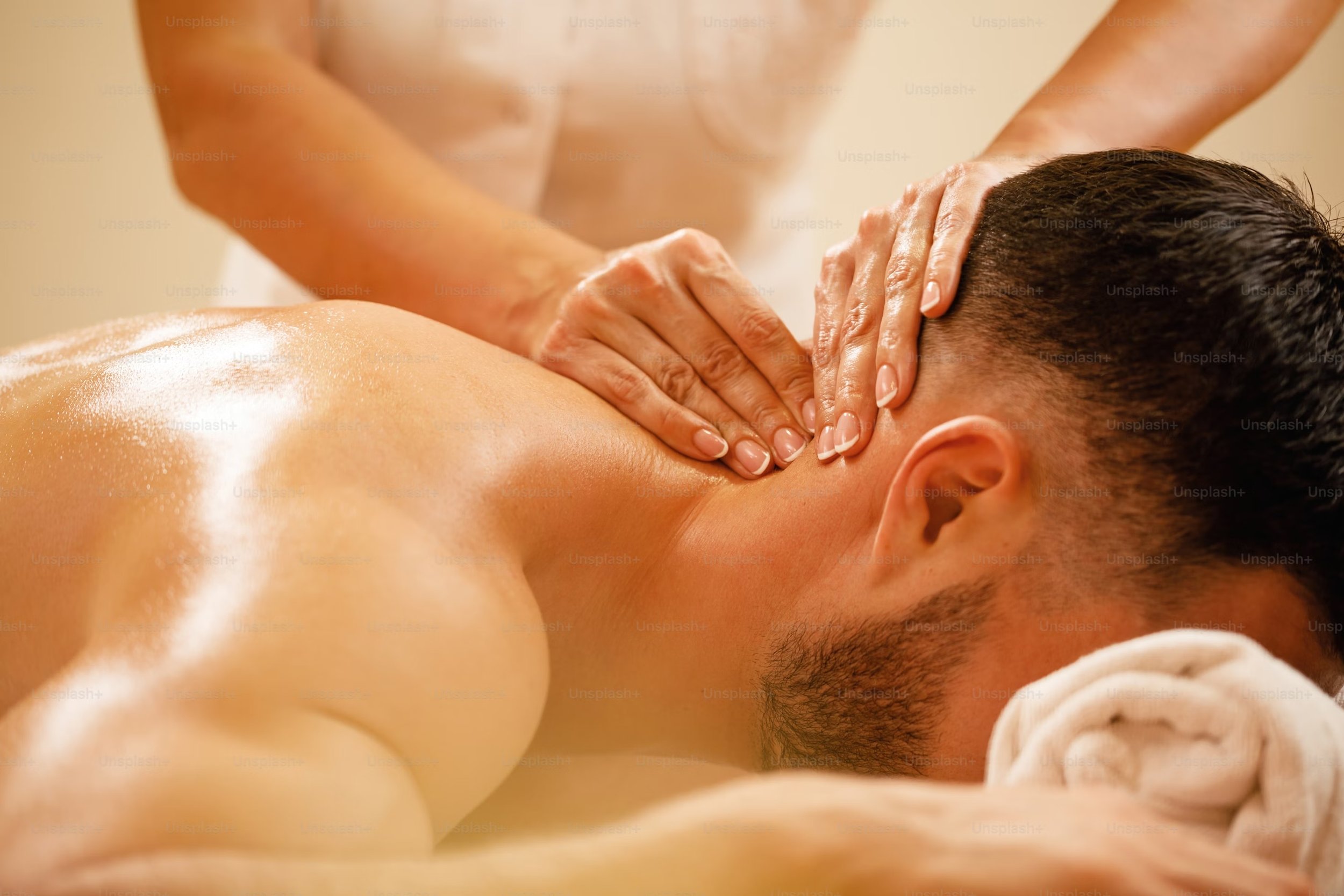Is Sports Massage Only for Injured Athletes? Here’s the Truth
Sports massage is a specialized form of soft tissue therapy designed to improve mobility, enhance recovery, and optimize performance. While it shares some techniques with traditional massage, its purpose is very different. Instead of focusing purely on relaxation, sports massage targets the muscles, fascia, and connective tissues most affected by physical training.
READ: Sports Massage Therapy in Bend: What It Is and Who It’s For
At its core, sports massage is about performance readiness. By using techniques like deep tissue manipulation, stretching, and myofascial release, therapists help restore proper movement patterns, reduce tightness, and improve circulation. This allows athletes—and anyone who trains regularly—to move better, feel stronger, and recover faster.
It’s not a luxury treatment reserved for the injured. It’s a maintenance strategy for anyone who wants to stay active and prevent problems before they start.
Who Benefits from Sports Massage? (Hint: Everyone Who Trains!)
The name might suggest it’s only for elite competitors, but sports massage benefits anyone who moves their body with purpose. Whether you’re logging long miles on the trail, lifting weights in the gym, or just trying to stay active between work and family life, your muscles experience micro-strain with every workout.
Sports massage helps:
Recreational athletes: Reduce soreness and recover faster after long runs or intense workouts.
Active professionals: Counteract tension from desk work and improve posture.
Competitive athletes: Maintain muscle elasticity and prevent overuse injuries during heavy training phases.
Older adults: Stay mobile and reduce stiffness that limits daily activities.
Think of it like strength training for your recovery system. The more consistently you include it in your routine, the better your body adapts to the demands you place on it.
How Sports Massage Supports Injury Prevention and Recovery
Most athletes discover the benefits of sports massage only after an injury—but it’s equally powerful as a preventative tool. Muscular imbalances, scar tissue buildup, and tight fascia can quietly restrict range of motion and increase strain on joints. Over time, these restrictions contribute to the same injuries athletes try to avoid.
READ: Running Year-Round: How to Adapt Your Training for Seasonal Changes
Regular sports massage can help you:
Identify early signs of overuse before they turn into pain.
Release tight muscle groups that affect biomechanics and alignment.
Boost circulation to promote nutrient-rich blood flow for recovery.
Accelerate tissue healing when injuries do occur.
At Capacity, therapists take a performance-based approach, meaning each session supports your physical goals—not just symptom relief. Whether you’re in a recovery phase or building toward competition, sports massage helps keep your body tuned for long-term performance.
When to Schedule a Sports Massage
The ideal timing for sports massage depends on your training schedule and goals. Here are a few general guidelines:
Pre-event massage: Scheduled one to two days before competition to prepare muscles for activity and improve circulation.
Post-event massage: Within 24–48 hours after competition to aid recovery, reduce soreness, and flush out lactic acid.
Maintenance massage: Every two to four weeks for ongoing flexibility, recovery, and injury prevention.
If you’re training intensely, pairing massage with your strength and conditioning program can create a more complete recovery cycle. It’s not about how often you train—it’s about how well you let your body recover between sessions.
Why Athletes in Bend Choose Capacity for Sports Massage
Capacity in Bend, OR isn’t just another physical therapy clinic—it’s a performance-focused space where athletes, adventurers, and active adults come to move better and live stronger. The team integrates sports massage into a comprehensive care model that includes strength and conditioning, mobility training, and individualized recovery plans.
What sets Capacity apart is its commitment to functional movement. Every sports massage session is tailored to your specific needs—addressing tightness, movement restrictions, and muscle patterns linked to your training style or sport. Whether you’re preparing for a trail race, hitting the slopes, or recovering from a demanding training cycle, Capacity helps you return to your best—feeling balanced, mobile, and ready for what’s next.
If you’ve been thinking about adding sports massage to your recovery plan, there’s no better time. Your body will thank you for it.

